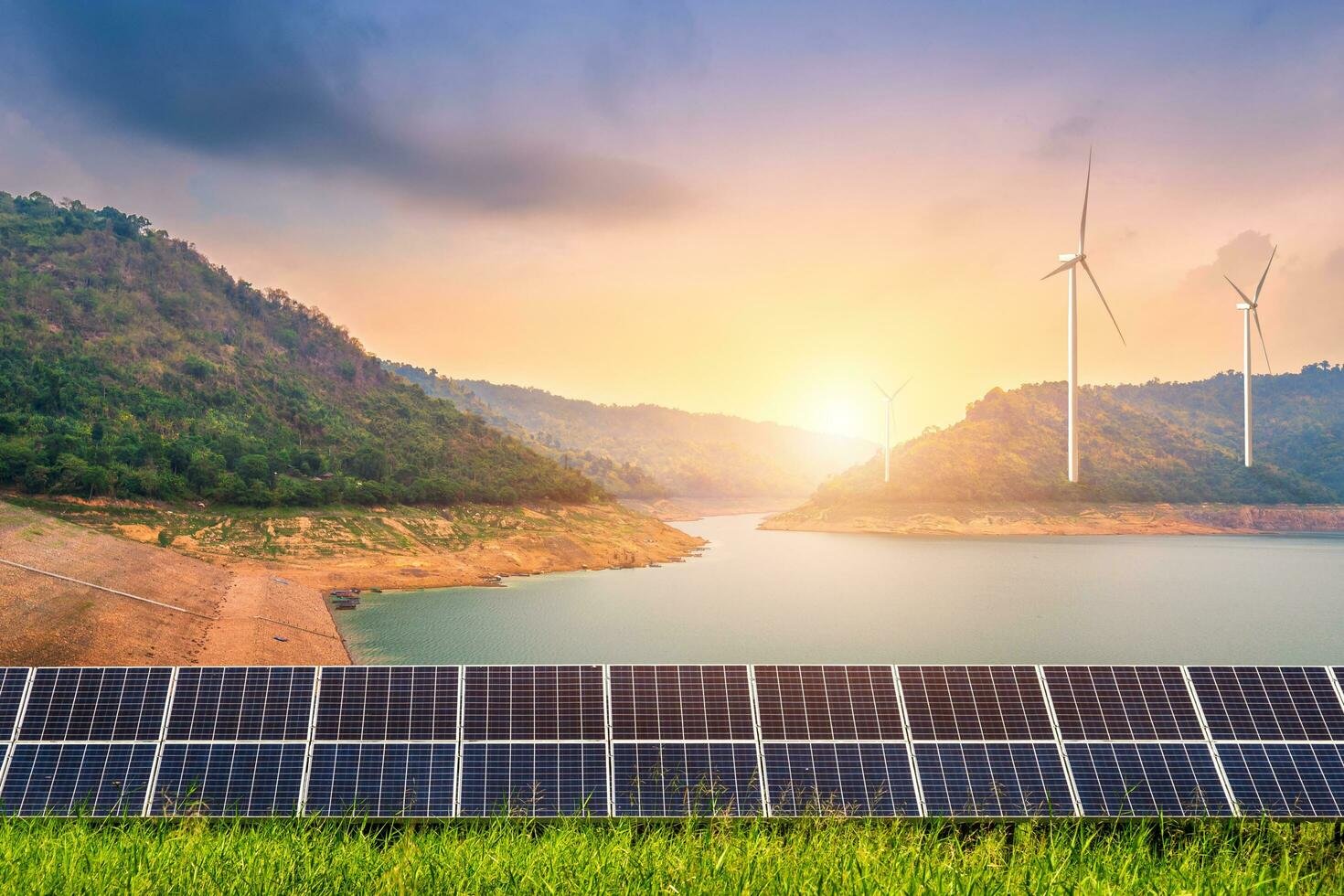A renewable energy source means energy that is sustainable – something that can’t run out, or is endless, like the sun. When you hear the term ‘alternative energy’ it’s usually referring to renewable energy sources too. It means sources of energy that are alternatives to the most commonly used non-sustainable sources – like coal.
Renewable energies are the present and future of the world’s electricity production. The term “renewable” expresses the essence of this type of energy, which is available in spontaneously generated, inexhaustible quantities that are continually renewed in nature without any human intervention.
Sun, wind and water, the heat of the earth: producing renewable energy means using those widespread and abundant elements of nature to generate electricity. Compared to electricity produced from conventional sources, renewable energy drastically reduces levels of carbon dioxide emissions.
The most popular renewable energy sources currently are:
- Solar energy
- Wind energy
- Hydro energy
- Tidal energy
- Geothermal energy
- Biomass energy
SOLAR ENERGY:
Sunlight is one of our planet’s most abundant and freely available energy resources. The amount of solar energy that reaches the earth’s surface in one hour is more than the planet’s total energy requirements for a whole year.
WIND ENERGY:
Wind is a plentiful source of clean energy. Wind farms are an increasingly familiar sight in India with wind power making an ever-increasing contribution to the National Grid. To harness electricity from wind energy, turbines are used to drive generators which then feed electricity into the National Grid.
HYDRO ENERGY:
As a renewable energy resource, hydro power is one of the most commercially developed. By building a dam or barrier, a large reservoir can be used to create a controlled flow of water that will drive a turbine, generating electricity. This energy source can often be more reliable than solar or wind power (especially if it’s tidal rather than river) and also allows electricity to be stored for use when demand reaches a peak.
TIDAL ENERGY:
This is another form of hydro energy that uses twice-daily tidal currents to drive turbine generators. Although tidal flow, unlike some other hydro energy sources, isn’t constant, it is highly predictable and can therefore compensate for the periods when the tide current is low.
GEOTHERMAL ENERGY:
By harnessing the natural heat below the earth’s surface, geothermal energy can be used to heat homes directly or to generate electricity. Although it harnesses a power directly below our feet
BIOMASS ENERGY:
This is the conversion of solid fuel made from plant materials into electricity. Although fundamentally, biomass involves burning organic materials to produce electricity, and nowadays this is a much cleaner, more energy-efficient process. By converting agricultural, industrial and domestic waste into solid, liquid and gas fuel, biomass generates power at a much lower economic and environmental cost.
FUTURE OF RENEWABLE ENERGY IN INDIA:
India’s renewables sector is booming, with the country projected to add 35 to 40 gigawatts of renewable energy annually until 2030, enough to power up to 30 million more homes each year.The Institute for Energy Economics and Financial Analysis estimated that India, the third largest energy-consuming country in the world, will reach 405 gigawatts of renewable energy capacity by 2030. It’s expected to surpass the government’s target of producing 50% of its electricity from non-fossil fuel sources by the end of the decade.




